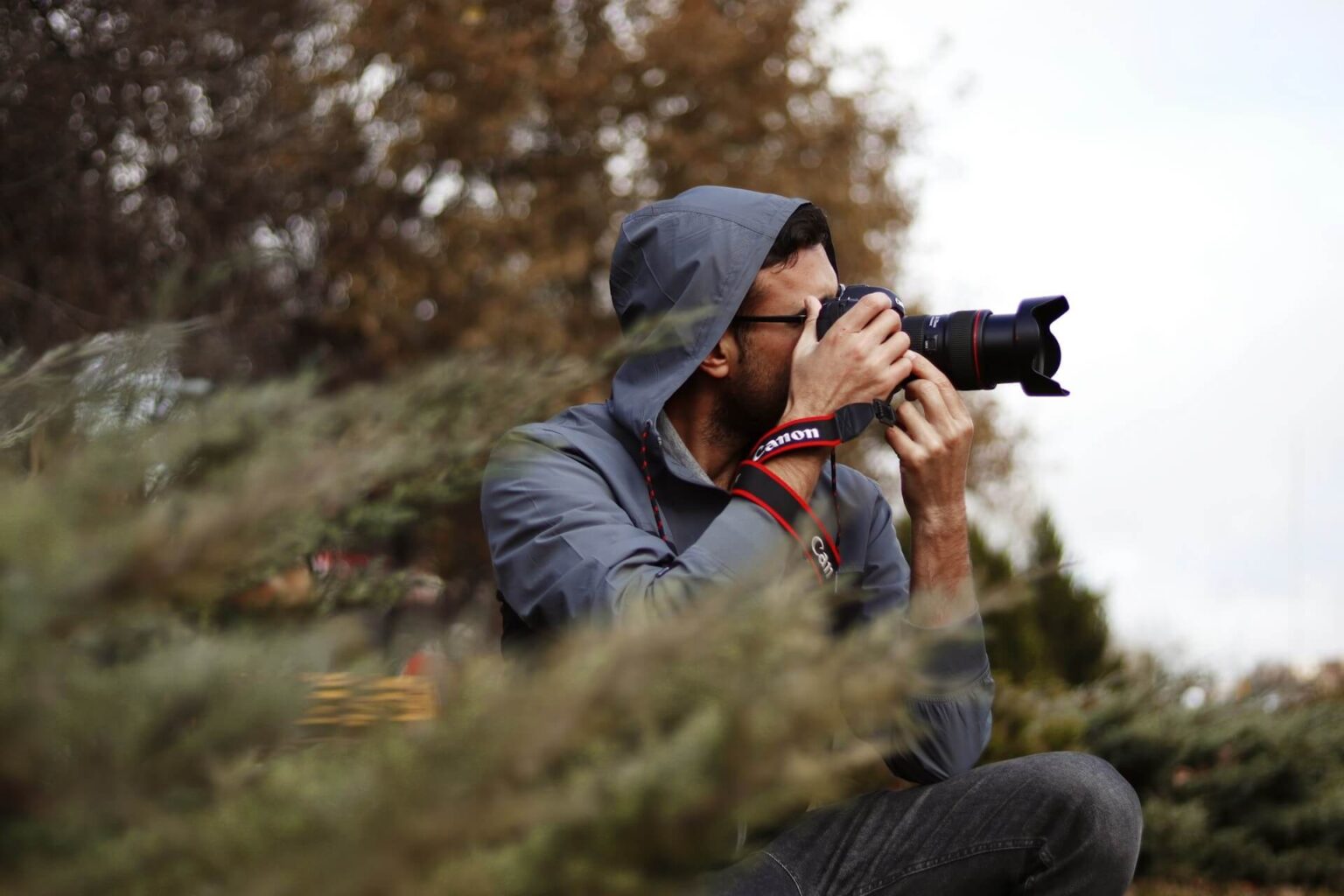Taking great photos is not just for professionals anymore. Thanks to smartphones and affordable digital cameras, anyone can become a good photographer with a bit of learning and practice. Whether you’re capturing moments from your everyday life, traveling, or starting a new hobby, knowing some basic tips can make your photos stand out.
In this article, we’ll share simple beginner tips for taking better photos. These tips are easy to understand and work well with any camera — even your phone. Let’s start improving your photography skills today!
Why Good Photos Matter
Good photos help tell a story. They capture emotions, places, people, and memories in a way words sometimes cannot. Even if you’re just posting on social media or taking photos for fun, having well-shot pictures can make those memories more meaningful.
H2: 1. Learn the Basics of Your Camera
Before anything else, you should understand how your camera works. This includes your phone camera too!
H3: Start with Auto Mode
Most cameras come with an automatic mode. It adjusts settings like brightness, focus, and exposure for you. Try using it first while you learn.
H3: Explore Manual Settings Later
Once you’re comfortable, learn what ISO, shutter speed, and aperture mean. These settings give you more control over how your photo looks.
H2: 2. Use Natural Light
Lighting is one of the most important things in photography. Good light can change your photo from average to amazing.
H3: Shoot in Daylight
Try to take photos during the day when natural light is available. Early morning and late afternoon light (known as golden hour) is soft and looks beautiful in pictures.
H3: Avoid Using Flash Indoors
Flash can make photos look too bright or fake. Instead, use light from a window or a lamp to softly light your subject.
H2: 3. Focus on Composition
Composition means how things are arranged in your photo. A well-composed photo is pleasing to the eye.
H3: Use the Rule of Thirds
Imagine breaking your image into 9 parts using two vertical and two horizontal lines. Try placing your subject along these lines or at the intersections. This often makes your photo more balanced.
H3: Don’t Always Center Everything
Many beginners put the subject right in the center. Sometimes this works, but often it makes photos less interesting. Try placing the subject to the side or even in the background.
H2: 4. Keep the Camera Steady
A shaky hand can make your photo blurry.
H3: Use Both Hands
Hold your camera or phone with both hands to keep it steady. You can also rest your arms on a table or use a wall for support.
H3: Use a Tripod
If you’re serious about photography, consider buying a small tripod. It helps keep your camera still, especially in low light or night shots.
H2: 5. Clean Your Lens
This may sound too simple, but many photos are ruined by a dirty lens.
H3: Always Wipe Your Lens
Before taking photos, gently wipe your lens with a soft cloth. This removes dust or fingerprints and gives you clearer photos.
H2: 6. Practice with Different Angles
Changing the angle can completely change your photo.
H3: Try Low or High Angles
Instead of always taking photos from eye level, try taking a shot from down low or up high. This adds creativity and makes the image more interesting.
H3: Move Around
Don’t just stand in one spot. Walk around your subject. Try different views to see what looks best.
H2: 7. Pay Attention to Backgrounds
What’s behind your subject is just as important as the subject itself.
H3: Keep It Simple
Avoid messy or distracting backgrounds. A plain wall, open sky, or greenery often works best.
H3: Use Depth
Having something in the foreground, middle, and background adds depth and makes your photo feel more 3D.
H2: 8. Edit Your Photos Lightly
Editing can help your photos look more polished, but don’t overdo it.
H3: Use Editing Apps
Free apps like Snapseed or Lightroom Mobile can adjust brightness, contrast, and colors. Try them!
H3: Don’t Over-Filter
Adding too many filters can make your photo look fake. Try to keep it natural.
H2: 9. Take Lots of Photos
The more you shoot, the better you get.
H3: Practice Makes Perfect
Don’t be afraid to take many pictures. Experiment with lighting, angles, and subjects. You’ll learn what works and what doesn’t.
H2: 10. Learn from Others
There’s always something to learn from other photographers.
H3: Follow Photographers Online
Look at Instagram or Pinterest to see how others take photos. Try to understand what you like about their pictures.
H3: Join a Community
Join a local photo group or an online photography forum. You can share your photos, get feedback, and learn faster.
Final Thoughts
Taking better photos doesn’t require a fancy camera or expensive gear. All it takes is a little knowledge, some creativity, and lots of practice. By using these beginner tips, you can start capturing better and more beautiful moments every day.
Remember, every expert photographer was once a beginner — just like you!
FAQs – Beginner Tips for Taking Better Photos
Q1: What’s the easiest way to take better photos right away?
Start using natural light and the rule of thirds. These two simple changes can greatly improve your photos.
Q2: Do I need a professional camera to take good pictures?
No. A smartphone with a good camera is enough for beginners. The key is learning how to use it properly.
Q3: How can I stop my photos from looking blurry?
Keep your hands steady, use both hands, and take photos in good lighting. You can also use a tripod for extra support.
Q4: Should I edit my photos after taking them?
Yes, but lightly. Adjust brightness, contrast, and sharpness using free apps, but avoid over-editing.
Q5: How often should I practice photography?
Practice often, even daily if you can. The more photos you take, the more confident and skilled you’ll become.


